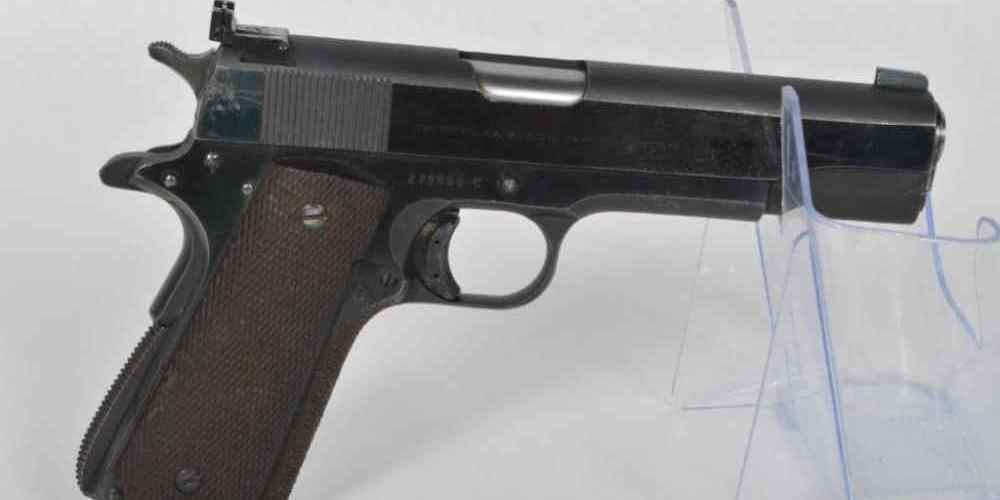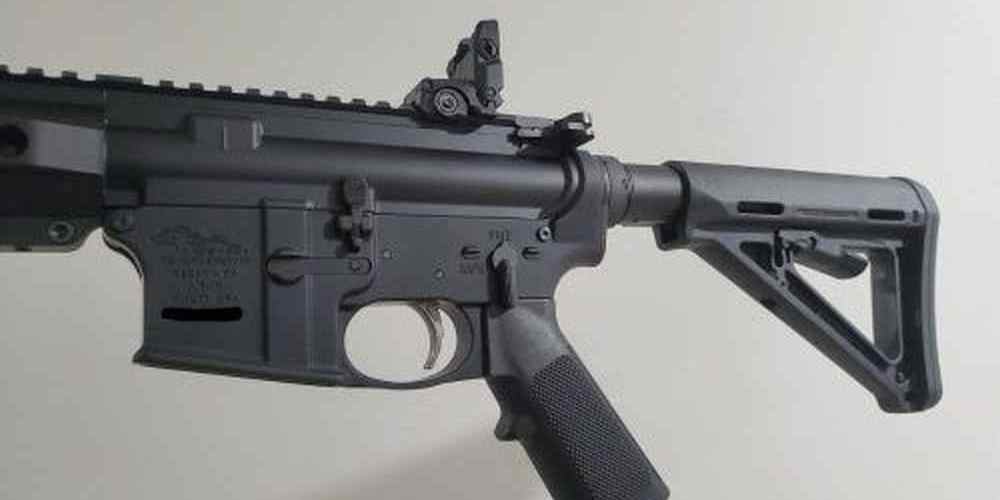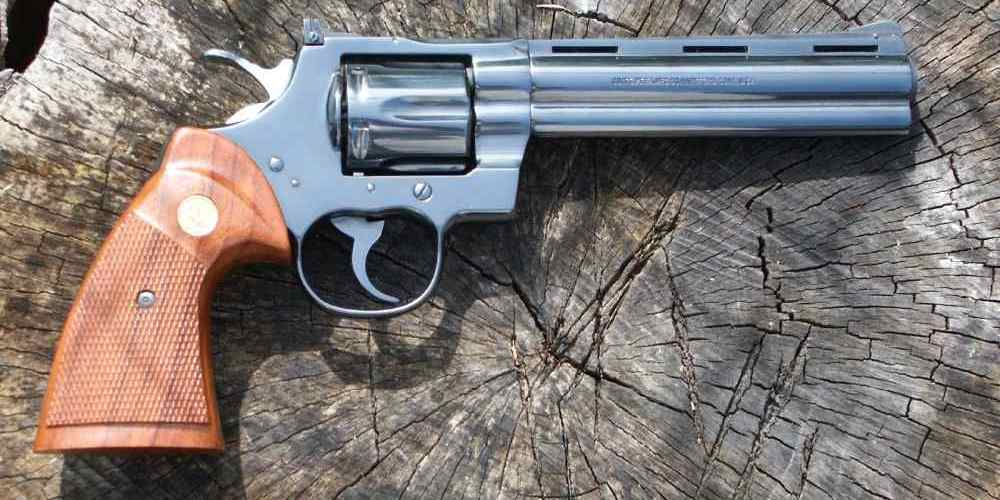Empowering the next generation with knowledge and responsibility in firearm safety.
Importance of Youth Education in Firearm Safety
Firearm safety is a critical issue that affects individuals of all ages. However, when it comes to educating youth about the safe handling and use of firearms, the importance of proper education cannot be overstated. Youth education in firearm safety is crucial in preventing accidents, injuries, and even fatalities that can occur when firearms are mishandled.
One of the primary reasons why youth education in firearm safety is so important is because it helps to instill a sense of responsibility and respect for firearms at a young age. By teaching young people about the potential dangers of firearms and how to handle them safely, we can help to prevent accidents and tragedies from occurring. Additionally, educating youth about firearm safety can help to reduce the stigma surrounding firearms and promote a culture of responsible gun ownership.
There are several programs and approaches that have been developed to educate youth about firearm safety. One popular program is the Eddie Eagle GunSafe® Program, which is designed to teach children in pre-K through fourth grade what to do if they ever come across a firearm. The program emphasizes the importance of not touching the firearm, leaving the area, and telling an adult. By teaching children these simple steps, the program aims to prevent accidents and save lives.
Another approach to youth education in firearm safety is through hunter education programs. These programs are designed to teach young people about the safe and ethical use of firearms while hunting. By educating youth about the proper handling and use of firearms in a hunting context, these programs help to ensure that young hunters are responsible and knowledgeable about firearm safety.
In addition to formal programs, there are also a number of resources available online and in print that can help parents and educators teach youth about firearm safety. These resources often include tips on safe storage practices, how to talk to children about firearms, and what to do in the event of an emergency. By utilizing these resources, parents and educators can help to reinforce the importance of firearm safety and ensure that young people are well-informed about how to handle firearms safely.
Transitioning from education to implementation, it is important for parents and educators to lead by example when it comes to firearm safety. By practicing safe storage and handling of firearms themselves, adults can set a positive example for young people and reinforce the importance of responsible gun ownership. Additionally, parents and educators should be proactive in discussing firearm safety with young people and answering any questions they may have.
In conclusion, youth education in firearm safety is a critical component of preventing accidents and promoting responsible gun ownership. By teaching young people about the safe handling and use of firearms, we can help to prevent tragedies and ensure that young people are well-equipped to handle firearms responsibly. Through programs, resources, and leading by example, we can work together to educate youth about firearm safety and create a safer environment for all.
Benefits of Implementing Firearm Safety Programs for Youth
Firearm safety is a critical aspect of responsible gun ownership, and educating youth on proper handling and storage of firearms is essential in preventing accidents and tragedies. Implementing firearm safety programs for youth can have numerous benefits, both for the individuals involved and for society as a whole.

One of the primary benefits of youth firearm safety programs is the prevention of accidents. According to the Centers for Disease Control and Prevention, unintentional firearm injuries are a leading cause of death among children and adolescents in the United States. By teaching young people how to safely handle and store firearms, these programs can help reduce the risk of accidental shootings and other firearm-related incidents.
In addition to preventing accidents, youth firearm safety programs can also help instill a sense of responsibility and respect for firearms in young people. By teaching them the importance of following safety protocols and handling firearms with care, these programs can help foster a culture of responsible gun ownership among the next generation.
Furthermore, youth firearm safety programs can help reduce the stigma surrounding firearms and gun ownership. By providing young people with the knowledge and skills they need to handle firearms safely, these programs can help demystify guns and promote a more informed and nuanced understanding of firearms in society.
There are several approaches to implementing youth firearm safety programs, each with its own unique benefits. One common approach is to incorporate firearm safety education into existing school curricula. By teaching students about firearm safety in a classroom setting, educators can reach a large number of young people and ensure that they receive consistent and accurate information about how to handle firearms safely.
Another approach is to offer hands-on firearm safety training through community organizations or youth groups. By providing young people with the opportunity to practice safe handling techniques under the supervision of trained instructors, these programs can help reinforce the importance of following safety protocols and help young people develop the skills they need to handle firearms responsibly.
Some youth firearm safety programs also include components on mental health and conflict resolution, helping young people develop the emotional intelligence and communication skills they need to navigate potentially dangerous situations without resorting to violence.
In conclusion, youth firearm safety programs offer numerous benefits, from preventing accidents to fostering a culture of responsible gun ownership. By educating young people on proper handling and storage of firearms, these programs can help reduce the risk of accidental shootings and other firearm-related incidents, while also promoting a more informed and nuanced understanding of firearms in society. Implementing youth firearm safety programs through a variety of approaches can help ensure that young people have the knowledge and skills they need to handle firearms safely and responsibly.
Effective Approaches for Teaching Firearm Safety to Youth
Firearm safety is a critical aspect of responsible gun ownership, and it is essential to educate youth on how to handle firearms safely. There are various programs and approaches that can be used to teach young people about firearm safety, with the goal of reducing accidents and promoting responsible behavior.
One effective approach for teaching firearm safety to youth is through the use of educational programs. These programs are designed to provide young people with the knowledge and skills they need to handle firearms safely. One example of such a program is the Eddie Eagle GunSafe Program, which is sponsored by the National Rifle Association (NRA). This program uses a mascot named Eddie Eagle to teach children the four basic rules of firearm safety: stop, don’t touch, leave the area, and tell an adult.
Another approach to teaching firearm safety to youth is through hands-on training. This can involve taking young people to a shooting range and teaching them how to safely handle and shoot firearms. By providing youth with the opportunity to practice safe gun handling under the supervision of trained instructors, they can develop the skills they need to handle firearms responsibly.
In addition to educational programs and hands-on training, another effective approach for teaching firearm safety to youth is through the use of technology. There are various apps and online resources available that can help young people learn about firearm safety in a fun and engaging way. For example, the NRA offers an app called NRA Gun Safety, which provides interactive games and quizzes to help children learn about firearm safety.
It is important to note that teaching firearm safety to youth is not just about providing them with information on how to handle firearms safely. It is also about instilling in them a sense of responsibility and respect for firearms. By teaching young people about the potential dangers of firearms and the importance of following safety protocols, we can help them develop a healthy attitude towards gun ownership.
In conclusion, there are various programs and approaches that can be used to teach youth about firearm safety. Whether through educational programs, hands-on training, or technology, it is essential to provide young people with the knowledge and skills they need to handle firearms safely. By instilling in them a sense of responsibility and respect for firearms, we can help reduce accidents and promote responsible gun ownership among youth.
Role of Parents and Guardians in Youth Firearm Safety Education
Firearm safety education is crucial for young people to prevent accidents and promote responsible gun ownership. While there are various programs and approaches to teach youth about firearm safety, the role of parents and guardians is essential in reinforcing these lessons.
Parents and guardians are the first line of defense in educating children about firearm safety. They have the responsibility to teach their children about the dangers of firearms and how to handle them safely. By setting a good example and practicing safe gun handling themselves, parents can instill the importance of firearm safety in their children.
One approach that parents can take is to enroll their children in firearm safety courses. These courses are designed to teach young people about the basics of gun safety, including how to handle firearms, store them properly, and what to do in case of an emergency. By enrolling their children in these courses, parents can ensure that their children receive proper training from qualified instructors.
Another approach that parents can take is to have open and honest conversations with their children about firearms. By discussing the dangers of guns and the importance of safe handling, parents can help their children understand the gravity of the situation. Parents should also establish clear rules about gun safety in the home, such as always keeping firearms locked up and unloaded.
It is also important for parents to lead by example when it comes to firearm safety. By practicing safe gun handling themselves, parents can show their children the importance of following safety protocols. Parents should always store firearms in a secure location, such as a gun safe, and never leave them unattended.
In addition to teaching their children about firearm safety, parents should also monitor their children’s access to firearms. Parents should always know where firearms are stored in the home and ensure that they are secured properly. By keeping firearms out of reach of children, parents can prevent accidents from occurring.
Parents should also be aware of their children’s mental health and emotional well-being when it comes to firearms. If a child is struggling with mental health issues or is going through a difficult time, parents should take extra precautions to ensure that firearms are not accessible to them. By being proactive and attentive, parents can help prevent tragedies from happening.
Overall, the role of parents and guardians in youth firearm safety education is crucial. By enrolling their children in firearm safety courses, having open and honest conversations about firearms, leading by example, monitoring access to firearms, and being aware of their children’s mental health, parents can help ensure that their children are safe around firearms. By taking these proactive steps, parents can instill the importance of firearm safety in their children and prevent accidents from occurring.
Impact of Youth Firearm Safety Education on Community Safety
Youth firearm safety education is a critical component of ensuring the safety and well-being of our communities. By teaching young people about the proper handling and use of firearms, we can help prevent accidents and tragedies from occurring. There are various programs and approaches that focus on educating youth about firearm safety, each with its own unique benefits and challenges.
One popular program that many schools and organizations use to educate youth about firearm safety is the Eddie Eagle GunSafe Program. This program, developed by the National Rifle Association, teaches children in pre-K through fourth grade four important steps to follow if they come across a firearm: “Stop! Don’t touch. Leave the area. Tell an adult.” By instilling these simple but crucial steps in children at a young age, the program aims to reduce the number of accidental shootings involving children.
Another approach to youth firearm safety education is through hunter education programs. These programs, often offered by state wildlife agencies, teach young people about the safe and responsible use of firearms while hunting. Participants learn about firearm safety, wildlife conservation, and hunting ethics, among other topics. By educating young hunters about the importance of safety and responsibility, these programs help ensure that hunting remains a safe and enjoyable activity for all involved.
In addition to formal programs, many parents and guardians take it upon themselves to educate their children about firearm safety. By teaching their children about the dangers of firearms and the importance of safe handling practices, parents can help instill a sense of responsibility and respect for firearms in their children. This hands-on approach to firearm safety education can be highly effective in reinforcing the lessons learned in formal programs and ensuring that children understand the importance of safe firearm handling.
While youth firearm safety education programs and approaches vary in their methods and focus, they all share a common goal: to prevent accidents and tragedies involving firearms. By teaching young people about the proper handling and use of firearms, we can help ensure that our communities remain safe and secure. Whether through formal programs like the Eddie Eagle GunSafe Program, hunter education programs, or parental education, there are many ways to educate youth about firearm safety and promote responsible firearm use.
In conclusion, youth firearm safety education plays a crucial role in ensuring the safety of our communities. By teaching young people about the proper handling and use of firearms, we can help prevent accidents and tragedies from occurring. Whether through formal programs, hunter education programs, or parental education, there are many approaches to educating youth about firearm safety. By working together to educate our youth about the importance of safe firearm handling, we can help create a safer and more secure future for all.




